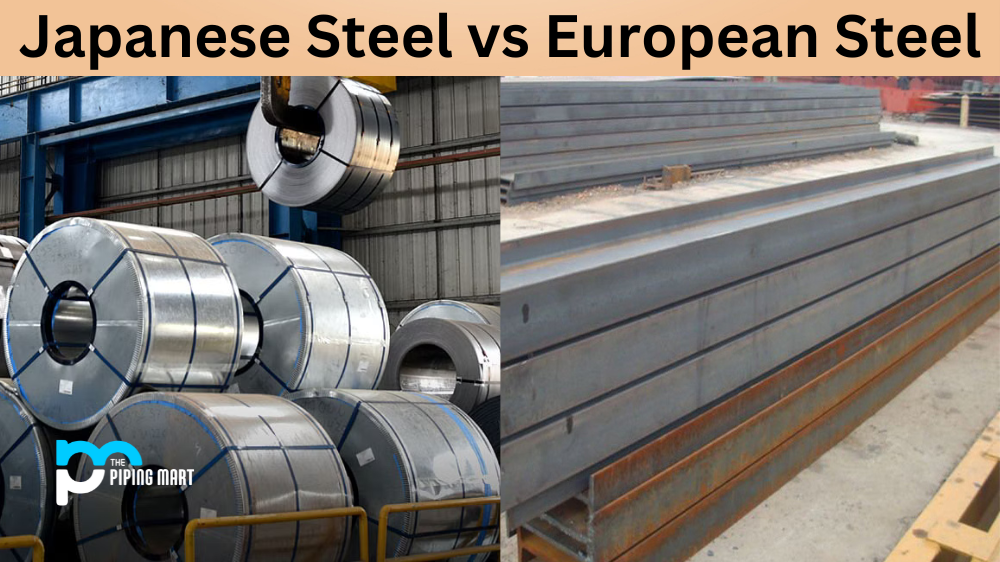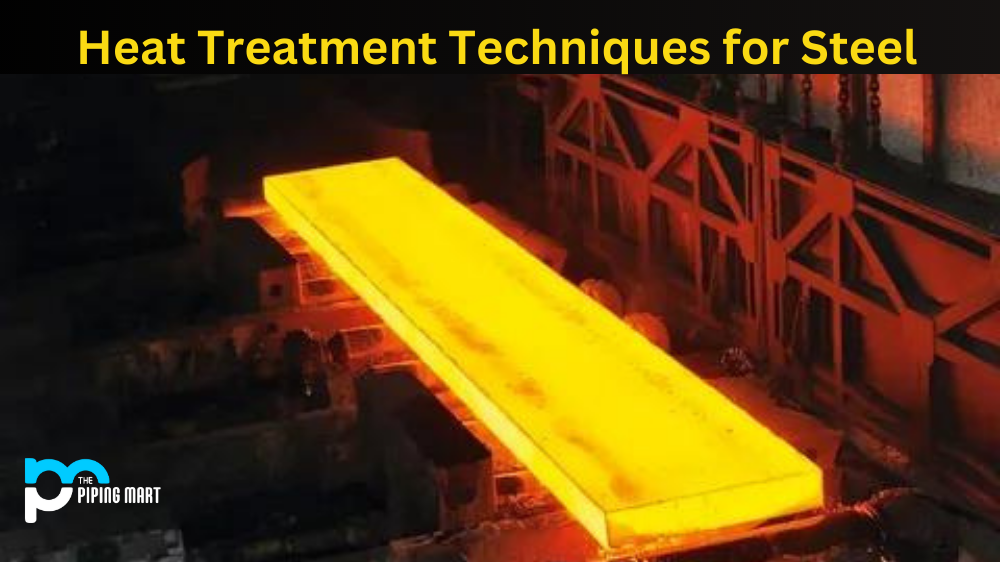Steel is one of the most important materials in modern society, used in various industries, from construction to transportation to electronics. Japan and Europe are regions known for their exceptional steel production, each with unique processes and characteristics. But when it comes to Japanese and European steel, which is better? Let’s dive into the differences and similarities between the two and see if we can conclude.
Difference Between Japanese Steel and European Steel
Production Process
The methods used to produce Japanese and European steel are quite different. Japanese steel-making often involves a labour-intensive process called “kanaka,” where workers must manually increase or decrease the amount of impurities in the steel by tapping it with hammers. This technique produces high-quality steel with excellent toughness and strength but it also takes time and effort. In contrast, European steel mainly relies on automated processes that use advanced technologies to control various variables, resulting in consistent and efficient production.
Composition
The composition of Japanese and European steel is also different. Japanese steel often has a higher carbon content, which increases its hardness and strength but also makes it more brittle. On the other hand, European steel typically has a lower carbon content but includes other elements like chromium, manganese, and silicon, enhancing its corrosion resistance and durability.
Applications
Both Japanese and European steel have their areas of excellence. Japanese steel is known for its exceptional sharpness and edge retention, making it ideal for producing knives and other cutting tools. European steel excels in industries such as automotive and aerospace, where corrosion resistance and strength are critical factors. Of course, this doesn’t mean that one type of steel can’t be used for other applications. The decision ultimately comes down to the specific requirements of the product.
Reputation
Japanese and European steel have both earned their reputations as high-quality products. Japanese steel, in particular, has a long history of excellence in sword making and has been coveted by collectors and enthusiasts for centuries. European steel, meanwhile, has gained a strong reputation in modern times for its use in luxury watches and high-end cars. However, both regions face competition from countries like the United States and China, which also produce high-quality steel.
Final Verdict
So, which is better – Japanese steel or European steel? The truth is, it depends on your specific needs. This steel battle has no clear winner, as both regions have their own strengths and weaknesses. It all boils down to what you need from the steel: hardness, durability, or corrosion resistance. No matter which type of steel you choose, you can be confident that you’re getting a product crafted with meticulous attention to detail and backed by centuries of tradition and innovation.
Conclusion
In conclusion, the debate of Japanese steel vs European steel cannot be won by either side. Japanese and European steel has unique strengths and weaknesses, and overall, selecting the right steel for your application depends on your specific requirements. Regardless of your choice, you can be confident that you are working with a product with a long history of excellence and craftsmanship. Whether it’s the long-standing traditions of Japanese sword-making or the precision engineering of European automotive production, both have more in common than differences, and each has its unique contributions to the world of steel.

A passionate metal industry expert and blogger. With over 5 years of experience in the field, Palak brings a wealth of knowledge and insight to her writing. Whether discussing the latest trends in the metal industry or sharing tips, she is dedicated to helping others succeed in the metal industry.




